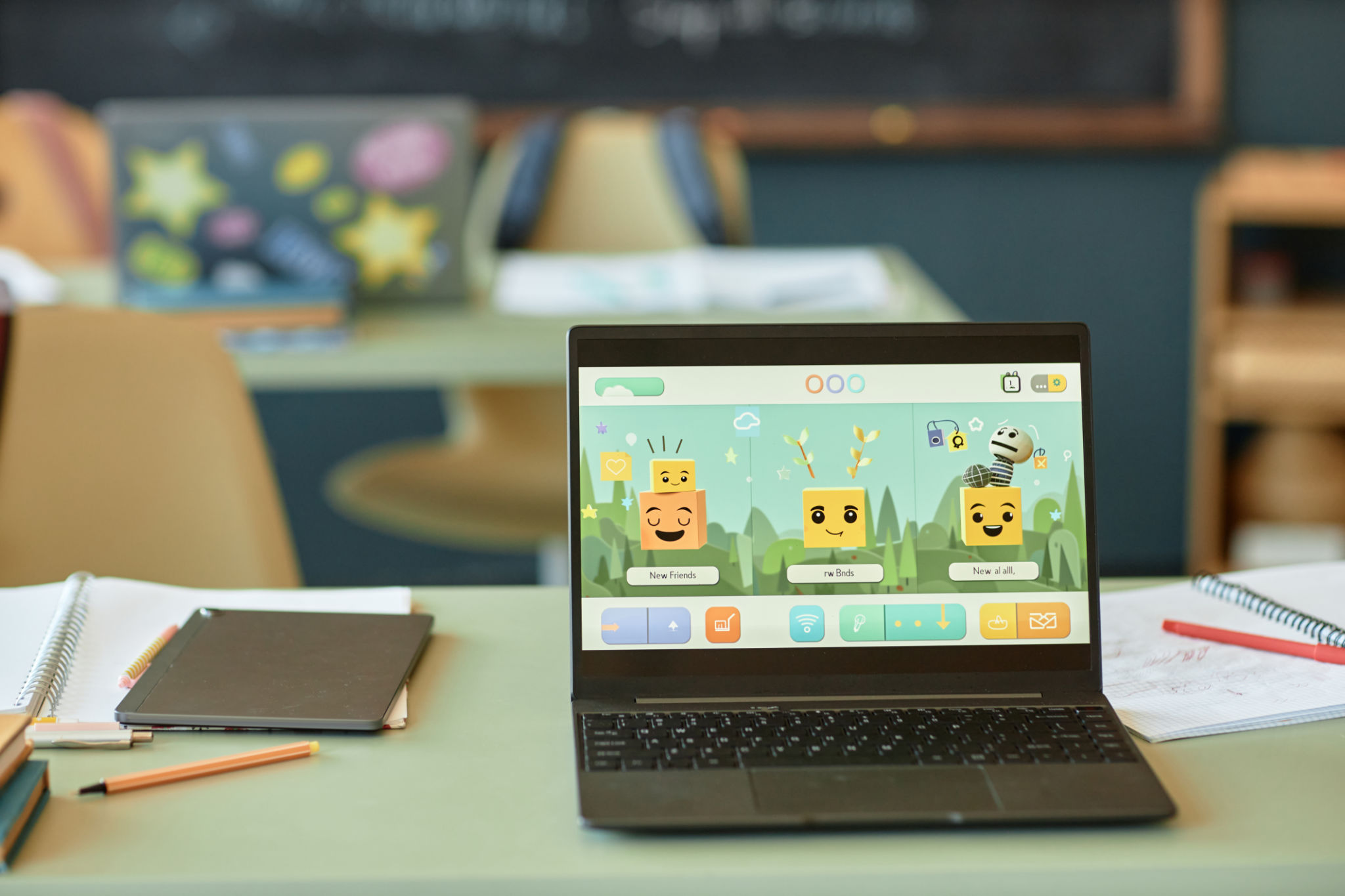Innovative Ways to Implement Gamification in Cyprus Classrooms
Introduction to Gamification in Education
The education landscape in Cyprus, like many parts of the world, is evolving rapidly. One of the most exciting developments is the integration of gamification into classroom settings. Gamification involves applying game-design elements and principles in non-game contexts to engage and motivate students to achieve their learning goals.

Benefits of Gamification in Classrooms
Gamification can transform traditional learning methods by making them more interactive and enjoyable. By incorporating elements such as points, badges, and leaderboards, educators can increase student engagement and participation. These tools not only make learning more fun but also help students retain information better and develop critical thinking skills.
Enhanced Student Engagement
One of the primary advantages of gamification is its ability to capture students' attention. When students feel involved in their learning process, they are more likely to participate actively. This increased engagement can lead to improved academic performance and a better understanding of the material.
Practical Gamification Strategies
Implementing gamification in Cyprus classrooms doesn't require a complete overhaul of current teaching methods. Instead, teachers can integrate simple and effective strategies to enhance their lessons.

Incorporating Game Elements
Teachers can start by adding basic game elements such as points and rewards for completing tasks or assignments. For example, students can earn points for class participation, homework completion, or teamwork. These points can be redeemed for small prizes or privileges.
Using Educational Apps
There are numerous educational apps available that are designed to incorporate gamification. Apps like Kahoot!, Quizlet, and Duolingo offer interactive quizzes and challenges that keep students engaged while reinforcing key concepts. These tools provide immediate feedback, allowing students to learn from their mistakes in real-time.

Creating a Gamified Learning Environment
Beyond individual activities, educators can create a gamified classroom environment that encourages collaboration and creativity. This involves designing projects and assignments that resemble games or quests, where students work in teams to solve problems and achieve common goals.
Designing Interactive Lessons
Interactive lessons can be designed by incorporating storytelling elements into the curriculum. Teachers can create scenarios or missions that align with the subject matter, encouraging students to immerse themselves in the learning experience. This approach fosters collaboration and critical thinking.
Challenges and Considerations
While gamification offers numerous benefits, it is essential for educators to strike a balance. Overemphasis on competition might lead to stress among students who do not perform well in competitive settings. Additionally, it's crucial to ensure that the game elements are closely tied to educational objectives rather than purely for entertainment.
In conclusion, gamification presents an innovative approach to education in Cyprus classrooms by enhancing student engagement and making learning more dynamic. By thoughtfully integrating game elements into their teaching strategies, educators can create a more motivating and effective learning environment.
